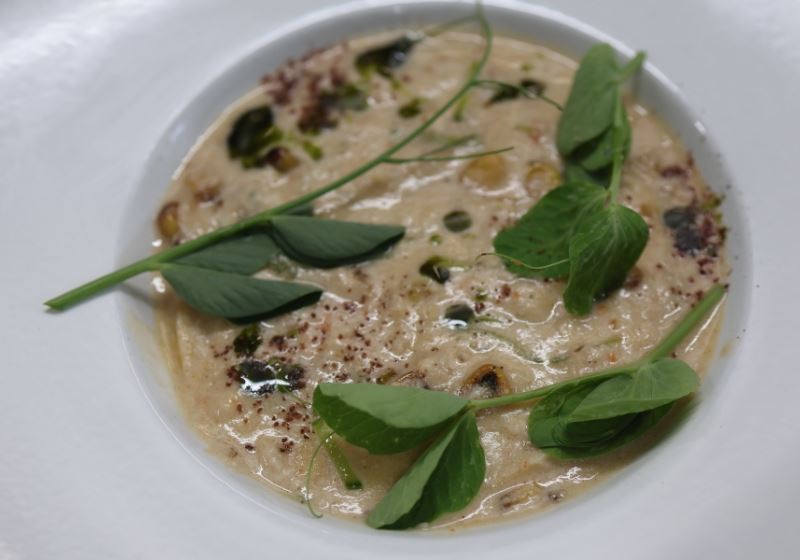One of the best traditions of the Christmas period would no doubt be Christmas carols – intended to cheer and bring goodwill to all. Here we travel around the world to discover the origins behind some of our most loved songs and discover just how old they actually are!
We’re talking Renaissance monks, people!

O Come, O Come Emmanuel:
The lyrics of this carol go back to the 12th Century or earlier and the melody at least as far back as the 15th Century. Interestingly, though the song is sung all over the world with the same ancient melody, the tune was first put to the lyrics when translated into English.
It is specifically the English version that has spread throughout the world. Here is a moving duet rendition sung by Allie Gardner and Wade Farr in both Arabic
and English.
O Come, All Ye Faithful:
This ancient carol was originally composed by Cistercian monks in the Middle Ages but it is likely that we can thank an exiled English Catholic for the beloved English version we now know. From 1588-1829 Catholics in England weren’t allowed to practise and so many fled to France, including John Wade.
At the time he was an established musical copyist known for his beautiful calligraphy. It was in 1751, when he penned 'O Come, All Ye Faithful,' the first known version of the carol in English. Listen to this powerful Pentatonix version, for an upbeat rendition of the classic.

What Child Is This?
'What Child Is This?' was born out of a near-death experience. In 1865, William Chatterton Dix, a manager at an insurance company, became bedridden and depressed after a severe, life-threatening illness.
His
experience re-ignited his faith and he authored several hymns, including this
one. When it was finally published in 1871, it was set to the tune of 'Greensleeves', a romantic ballad from the 16th Century about a man
serenading his rather aloof lady love. We just can’t look past Josh Groban’s stirring
version.
Silent Night:
'Silent Night' was penned in 1818 by a young Austrian priest when the church organ wasn’t working. The priest asked the church organist to write a melody for the guitar to be used at Christmas mass.
Then in 1859, an American Episcopal priest translated it into English. Because music is as much to be felt as it is to be heard, we have chosen this version of Silent Night, a powerful clip accompanies it with beautiful footage of the nativity. You’ll love it.

Hark, the Herald Angels Sing:
It was 1739 when Methodist founder Charles Wesley requested a slow, sombre melody when he wrote the lyrics to 'Hark, the Herald Angels Sing' but apparently it wasn’t terribly popular that way.
In 1840, a new collection of carols featured a melody adapted from a cantata by Felix Mendelssohn. The cantata was interestingly originally written to commemorate the 400th anniversary of Gutenberg’s invention of the printing press! Listen to the musical masterpiece with full orchestra accompaniment from The Tabernacle Choir at Temple Square.









